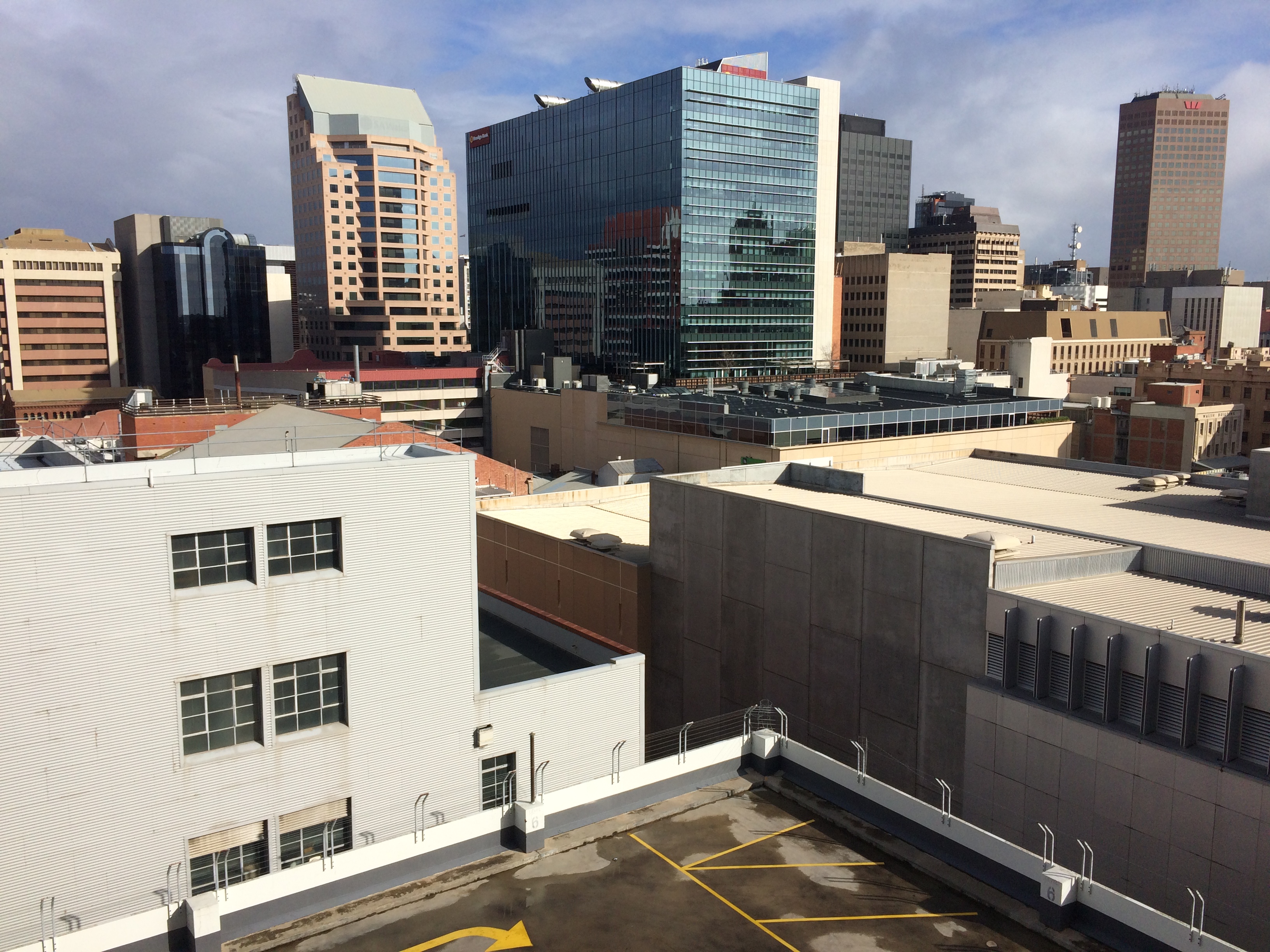Australia, Adelaide
FC-01x Future Cities (Self-Paced) - Exercise 1 : "Making the Invisible - Visible"

Uploaded on 2016-07-24 by XuFeng Li Tammy
I living in a apartment in city of Adelaide, Australia. Here is some information from Wikipedia, Adelaide is the capital city of the state of South Australia, and the fifth-most populous city of Australia. In June 2014, Adelaide had an estimated resident population of 1.3 million. South Australia, with a total of 1.7 million inhabitants, has the most centralised population of any state in Australia, with more than 75 percent of its people living in greater Adelaide, while the other population centres in the state are relatively small.[ https://en.wikipedia.org/wiki/Adelaide] Firstly, the most visible information can be seen from the picture is there is plenty of mid-rise buildings and few high-rise buildings. Office buildings accounted for the major proportion of the entire buildings, some of them are for government uses, and some of them are apartments as I am living in one of them. Most of the shopping places are located on the ground floor of many multiple story buildings. Few are car park buildings as we can see in the foreground of the picture, it is a six-stories buildings owned by a local shopping mall - David Jones. From the picture, we can guess that most of the buildings are constructed decades ago from the facades of them, and we can tell there is no vegetation coverage in the picture, neither on facades or on rooftop. For the two invisible information we can extracted from existing visible information, the first one is the information of existing buildings, to be specific, even we can roughly guess the style, material or stories of each building, but we can not see the exact detail info, like who is using the buildings exactly, is the building material Eco-friendly, can these be recycled and reused, what is the purpose for designing this particular building, is it a new construction or reconstruction? The second one is the information of car parks, as we can already know some basic info such as the cost of parking, how many people park there every day, but there is more invisible info can be discovered, such as what is the peak time during a day, which days have the most parking during a week, who park the most and why they choose this particular place to park? These information are critical for planing a city and designing a building as short of parking spots has became one of the major issue in modern society and this issue is becoming increasingly disturbing because there will be approximately 2 billions people will move to a city in the coming decades, therefore, the invisible info not only contribute to solution of private transportation, but also provide info for design and planing of public transportation for future.